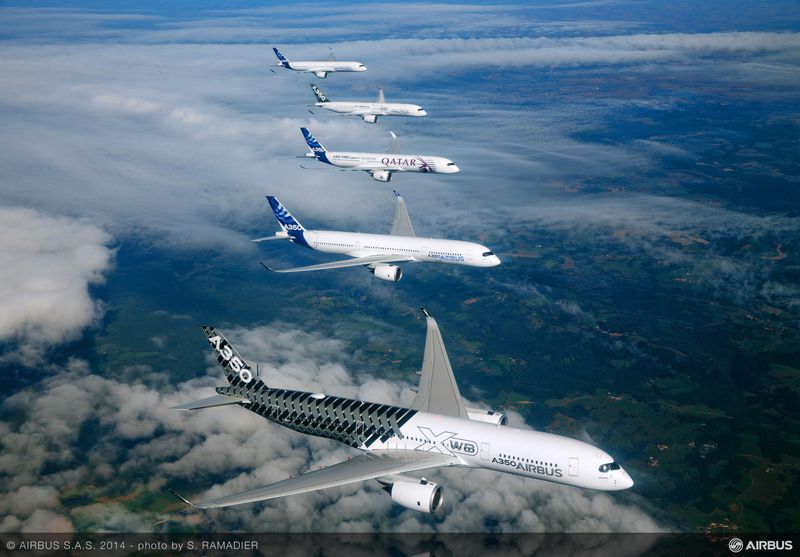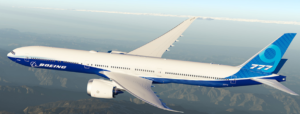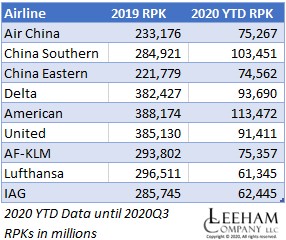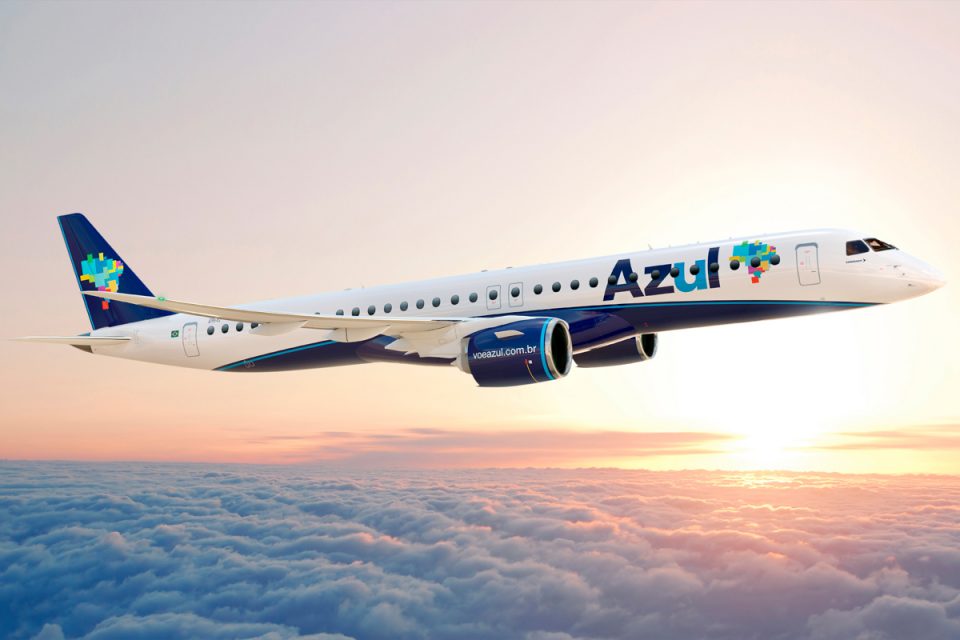Leeham News and Analysis
There's more to real news than a news release.
The A350, Part 4, A350-900
Subscription Required
By Vincent Valery
Introduction
Feb. 4, 2021, © Leeham News: After comparing the rejected Airbus A350-800 and its replacement A330-900, we now turn our attention to the main A350 variant, the -900. It was the main development aircraft and the first to enter service.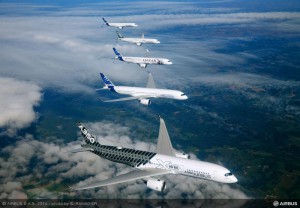
Summary
- Smooth development and entry into service;
- Strong commercial success;
- Post-pandemic prospects;
- An apparent target aircraft.
The A350, Part 3: The A350-800 versus A330-900
Subscription Required
By Bjorn Fehrm
Introduction
January 28, 2020, © Leeham News: Last week, we analyzed the smallest member of the Airbus A350 family, the A350-800. After Airbus changed the variant to a non-optimal “cut and shut” variant, it was no longer competitive.
Airbus froze the development of the A350-800 and then let it slip out of the program (it’s never officially canceled). The A330neo became the replacement for the A350-800. Was this the right decision? Is the A330neo the better airplane?
Summary
- We saw the A350-800 in its final form had a problem competing with Boeing’s 787. This created a problem for the Airbus widebody program below 300 seats.
- After a thorough investigation, Airbus found a way to update the A330 to take the place of the A350-800. We use our airliner performance model to find out how well the replacement performs.
Boeing’s production plans
Subscription Required
By Vincent Valery
Introduction
Jan. 26, 2021, © Leeham News: LNA wrote earlier this month that Boeing needs a boring year after a challenging 2020. Ramping up 737 production, clearing up the accumulated 737 MAX and 787 inventories, and keeping 737-7/10 and 777X certification campaigns on track are among the OEM’s main goals for 2021.
Like Airbus, Boeing had to significantly adjust its production plans downward for the foreseeable future as airlines pushed back scheduled deliveries. Boeing’s latest plans involve increasing the 737 line production rate to 31 per month by early 2022. The 787 production rate will go down to five per month (from a peak of 14) in the second quarter of 2021. The 747, 767, and 777 rates remain at 0.5, three, and two per month, respectively.
Ahead of Boeing’s earnings release on Jan. 27, LNA analyzes the updated delivery schedule for coming years on the five major commercial programs.
Summary
- Shallower rates on 747 and 767;
- Dreamliner delivery delays;
- Analyzing new 737 MAX order and inventory cleanup;
- Notable changes behind stable 777 production rate.
Small jet demand likely to stay depressed after COVID
Subscription Required
By Judson Rollins
Introduction
January 25, 2020, © Leeham News: As passenger travel trickles back to life, one trend that’s already apparent is a long-term diminution of airline yields in most regions.
This is largely driven by a reduction in business travel, some of which is likely to never return.
Regional jets and small single-aisles like the Airbus A220 and Embraer’s E2 family have higher unit cost, or cost per available seat-mile (CASM), than larger aircraft like the Boeing 737 or Airbus A320.
Achieving an operating profit with smaller jets requires high unit revenue, or revenue per available seat-mile (RASM). This will be difficult to achieve in a world where business travel is still down 70%-80% this year, even with a vaccine – and may be down 30% or more permanently.
What role will these smaller jets have after the pandemic? And will production match this new reality? A closer look is required.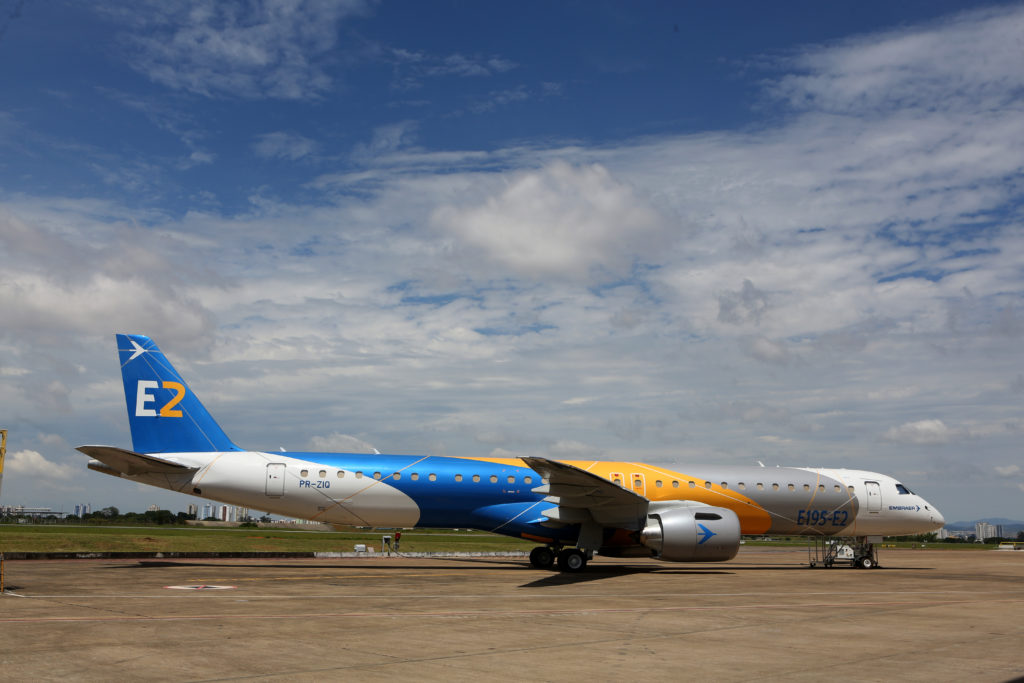
Summary
- Regional jets and smaller single-aisles have higher unit costs.
- High costs require higher unit revenue to be profitable.
- Business travel likely slow to return, with some permanently impaired.
- Smaller jets previously used for routes now in danger of demand fragmentation.
The A350, Part 2: Analyzing the A350-800
Subscription Required
By Bjorn Fehrm
Introduction
January 21, 2020, © Leeham News: Before the holidays, we started a series to look into Airbus’ A350 family. We analyzed the development program and how the variants have sold.
Initially, the A350-800 won about 180 orders. But as the market received more information about the smaller variant, the more it realized it wasn’t an optimal airplane. It was never officially canceled. But orders was up-gauged to the A350-900. Airbus decided the variant wasn’t competitive and developed the A330neo instead. We now look into why.
Summary
- The A350-800 was positioned as Airbus’ main defense against Boeing’s new 787-9, the most efficient variant of the Dreamliner.
- As the A350 program was delayed, the A350-800 moved from an optimized variant to a “cut and shut” version. This compromised its efficiency.
- Gradually Airbus changed its strategy how to compete with the 787.
The ascent of the Big Three Chinese carriers
Subscription Required
By Vincent Valery
Introduction
Jan. 18, 2021, © Leeham News: As the COVID-19 outbreak spread throughout China in January last year, their airlines were the first hit by the sudden collapse in passenger traffic. Most of the world’s carriers would follow the same faith by March.
However, as China managed to bring the COVID-19 outbreak under control, domestic traffic progressively picked up. According to IATA statistics, October 2020 Revenue Passenger Kilometers (RPMs) in domestic China were down 1.4% year-over-year, compared with a 60.7% decline in the domestic USA market. However, one should note that travel between China and the rest of the world remains very limited, notably due to the draconian quarantine requirements on arrivals from abroad.
Due to the faster recovery in domestic passenger traffic, China Southern Airlines had more RPKs year-to-date than Delta and United, only trailing American Airlines. Air China and China Eastern Airlines have had comparable year-to-date RPKs with Air France – KLM, and more than Lufthansa and IAG. Below is a summary chart:
The three carriers received significant financial support from the Chinese government to sustain their operations.
The COVID-19 pandemic will likely accelerate the big three Chinese carriers’ global importance compared with their equivalents in the USA and Europe. With that in mind, LNA analyzes their structure and financials in recent years.
Summary
- Three state-owned enterprises;
- The specific structure of each carrier;
- Varying financial performance;
- Ambitious growth plans.
Outlook 2021: Russia and China
Subscription Required
By Bjorn Fehrm
Introduction
Jan. 14, 2021, © Leeham News: China and Russia are both developing a single-aisle domestic airliner in the A320/737 MAX class, a regional turboprop in the ATR 72 class, and is jointly working on an A330neo/787 widebody competing airliner.
While these are similar development programs, the countries are in very different positions in their markets and industries. China is a five times larger market for airliners than Russia, and its airlines are on the way back from COVID riddled passenger numbers. It has the fastest recovery from COVID-19 of any country and its civil airliner industry is on the rise.
Russia on the other hand has a stagnant market, still hit by COVID-19, and its market and industry have become introverted after a decade of flirting with Western markets and technology.
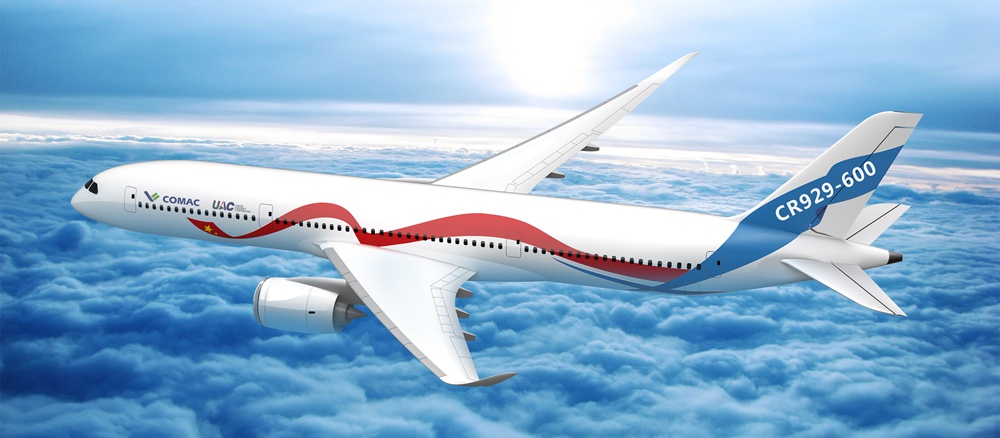 Summary
Summary
- China and Russia drive almost identical civil airliner projects to replace Soviet-era and Western airliners.
- While similar in their projects, they are different in their markets and state of industries.
- China is on the way up (albeit from a low state) to eventually compete on the world market, whereas Russia is falling back to a Soviet-style all Russian state-controlled model.
Outlook 2021: Turboprops challenged
Subscription Required
By Judson Rollins & Bjorn Fehrm
Introduction
Jan. 11, 2021, © Leeham News: COVID-19 may ultimately prove to be a net positive for turboprop manufacturers. Near-term orders will be pinched just as for jets, but a long-term loss of business travel and the resulting impact to airline yields will make turboprops’ superior unit costs appealing for shorter missions.
Turboprop engines create their thrust with a very high bypass ratio. The result is 30% better fuel economy than a jet. But it also means 30% lower speed. This limits turboprops to stage lengths to about half that of jets.
The market-dominating ATR and De Havilland Canada (DHC) turboprops use this base efficiency to compete against newer regional jets despite having designs which are 20 years older.
Summary
- Turboprops have attractive economics, making them a larger part of the market post-COVID.
- ATR-72, DHC-8-400 turboprops are old designs.
- The only new turboprops come from Russia (Ilyushin I-114) and China (Xian MA700), limiting their market reach.
- Embraer is keen to enter the market with a new clean-sheet design.
- Continued dominance by ATR, DHC depends on whether Embraer goes ahead.
Outlook 2021: Embraer faces recovery from failed JV, COVID
Subscription Required
By Bjorn Fehrm and Vincent Valery
Introduction
Jan. 7, 2021, © Leeham News: Embraer faces the twin challenges this year: recovering from the aborted Boeing joint venture and COVID.
Neither is going to be easy.
Embraer reintegrated the Commercial Aviation and 60% of its services unit back into the parent company.
Recovering from COVID depends on how soon and widespread vaccinations are accepted worldwide.
And, the E-Jet product line with its latest E2 variant has challenges.
Summary
- Overcoming the failed Boeing tie-up.
- Abating competition.
- Positive market outlook.
- E1 customers in one market…
- And E2 customers in the others.



